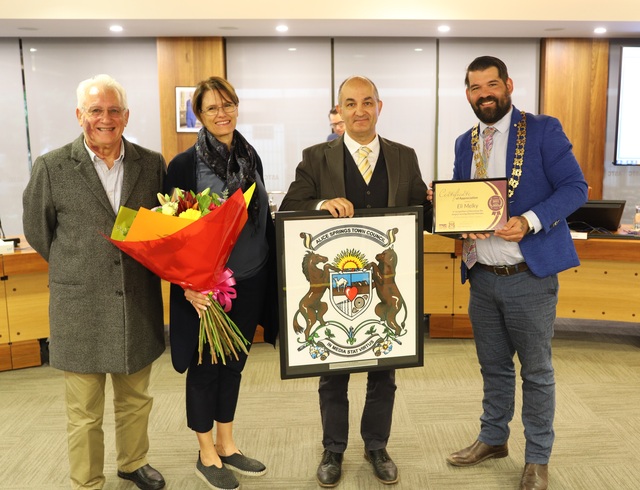Utility cost blow out in NT
Following their election in August last year, the Northern Territory Government adopted a mini budget in December 2012 in which it forecast significant rises in utility costs. The increases, which took effect from January 1st, include a 30 percent increase in the price of electricity, a 40 percent increase in water and a 25 percent increase in sewerage charges.
The increases were introduced largely to bring about an ongoing improvement of at least $200 million per annum ‘to operate [the Power and Water Corporation] as a sustainable government corporation’ (Northern Territory Government, 2012/13 Mini Budget, Department of Treasury and Finance).
These increases have placed huge demands on local government who have had to readdress their budgets halfway through the 2012/2013 financial year.
On top of these financial imposts the Power and Water Corporation has also introduced, without any consultation, a new street lighting maintenance charge for councils. This charge has not been incurred before and councils were advised of the new charge by way of a memo to ‘the accounts payable’ officer in each council.
It is worth noting that the rises in the above charges are ‘extraordinary’ by any measure, which is something local government would not be able to do with general rates.
Indeed, our very own definition of financial sustainability suggests that it is about councils being able to ‘absorb the impact of financial risks or shocks without the necessity of substantial increases in rates’ (PriceWaterhouseCoopers, 2006, National Financial Sustainability of Local Government, Australian Local Government Association). I guess all governments should endeavour to adhere to this edict.
In some respects these actions highlight the tenuous plight of councils when confronting a state or territory government that is so absorbed in its own fiscal problems that it fails to even communicate effectively let alone recognise the impact that its decisions can have on the financial sustainability of the sector.
I understand that local government in the Northern Territory is not alone in this kind of treatment but it does signal the need to work tirelessly on our relationship with other levels of government and to gain greater commitment from them to work with us.
Damien Ryan
President
Local Government Association of the Northern Territory (LGANT)
Councils contribute to bee biosecurity
I am undertaking a review of biosecurity arrangements for the honeybee for the Australian Government’s Rural Industries Research & Development Corporation. Two of the issues being addressed relate to urban beekeepers and local governments.
Biosecurity for honeybees is more important than most people realise, in that Australia is the last place in the world where there is no Varroa mite, which is devastating honeybees globally. It is widely accepted that Varroa mite will eventually reach Australia’s shores and the discussion paper, ‘Enhancing and funding biosecurity and disease management for apiarists’, addresses some of the requirements for an eradication campaign.
In countries where Varroa has arrived, flower and vegetable gardens in urban areas have been severely diminished due to a lack of pollination. In a number of these countries, local governments are actively encouraging beekeeping in urban areas and cities.
For example, New York has made beekeeping legal and Auckland City Council has become a beekeeper, with hives located on the Town Hall clock tower. This enthusiasm for urban beekeeping has been brought about by the impact of the reduced availability of bees for pollinating gardens. In New Zealand, the price of accessing bees for pollination of city gardens has risen from free to up to $400 to rent a hive for a year.
In Australia, local governments vary in their approach to backyard beekeeping, from being highly supportive to putting barriers in the way. However, local government should be a help rather than a hindrance in ensuring both the biosecurity of honeybees and the pollination benefits they bring to urban residents.
Councils can provide an effective means of ensuring compliance with registration of beekeepers, in the same way that they undertake compliance activities across a range of activities in their areas.
Councils have the appropriate people on the ground for checking that compliance is occurring and, if necessary, the appropriate legal sanctions to ensure that it is met. Councils also provide a local accountability mechanism for beekeepers and other residents in their local government area.
Local governments are already responsible for the registration of dogs; adding bees to the list and supporting urban beekeepers can help maintain a more colourful and productive urban environment.
The Discussion Paper and associated attachments can be accessed at www.rirdc.gov.au/research-programs/animal-industries/honeybee
Sincerely,
Terry Ryan
Policy and Economic Analysis







